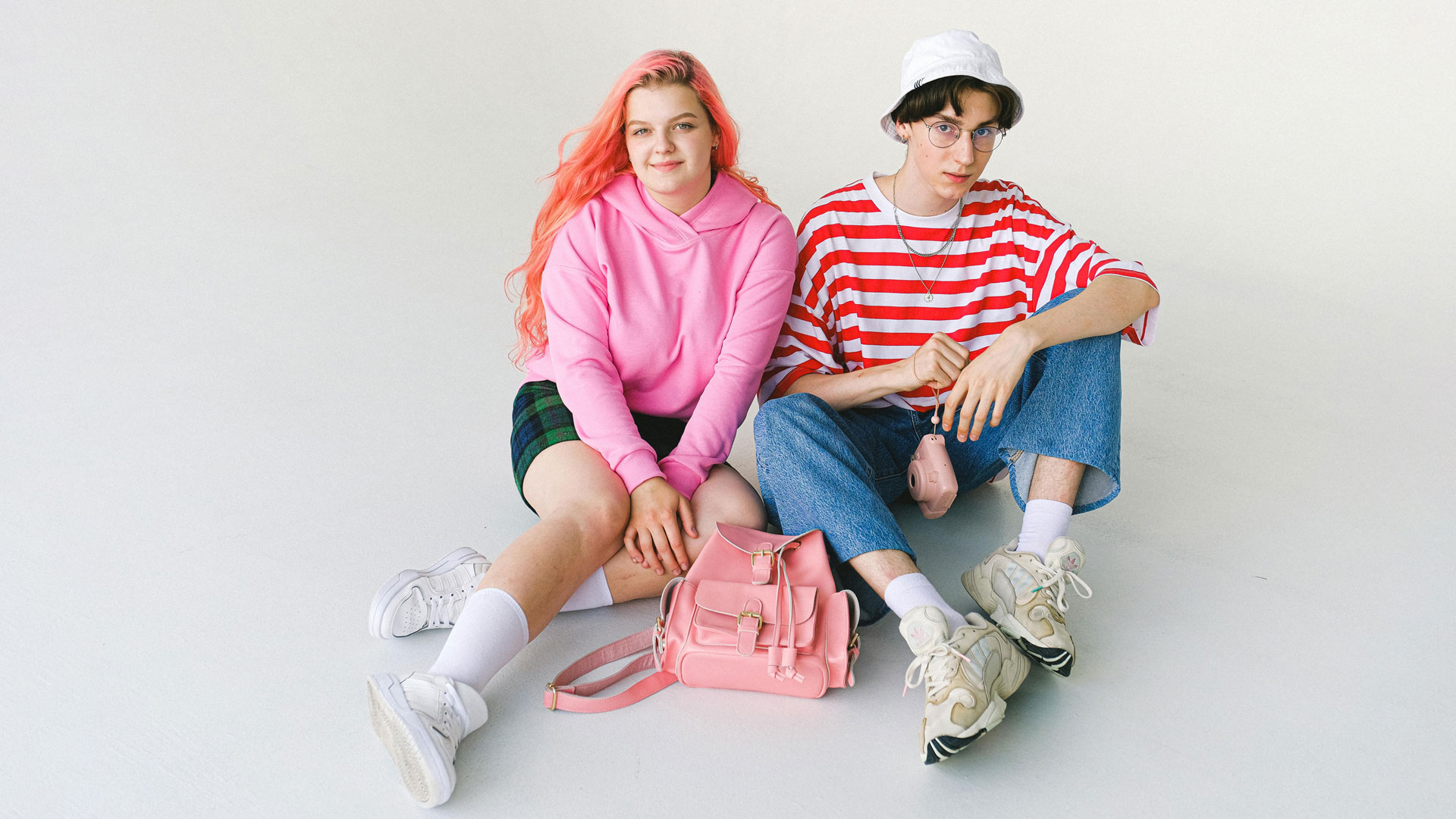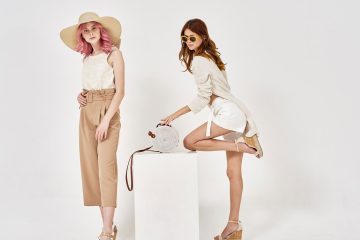Styling Basics: The Foundation of a Great Wardrobe
Whether you’re a fashion enthusiast or someone who simply wants to look polished and put-together, understanding the basics of styling is key to building a versatile and timeless wardrobe. Styling is not just about following the latest trends; it’s about knowing what works for you and how to put together outfits that reflect your personality, fit well, and make you feel confident. In this blog, we’ll explore the fundamental principles of styling, offering tips and insights that can help you elevate your everyday looks.
Understanding Your Personal Style
Before diving into specific styling tips, it’s essential to understand your personal style. Your style is an expression of who you are, and it should reflect your personality, lifestyle, and preferences. Take some time to think about the types of clothing you feel most comfortable in and the outfits that make you feel confident. Are you drawn to classic, timeless pieces, or do you prefer bold, statement-making designs? Do you gravitate towards neutral tones, or do you love experimenting with color?
Creating a mood board can be a helpful exercise in defining your style. Collect images of outfits, colors, patterns, and textures that inspire you. Over time, you’ll start to notice patterns and themes that will help you pinpoint your unique style. Once you have a clear understanding of your personal style, you can make more intentional choices when building your wardrobe.
Building a Versatile Wardrobe
A well-curated wardrobe is the foundation of great style. Instead of filling your closet with trendy pieces that quickly go out of fashion, focus on building a collection of timeless, versatile items that can be mixed and matched to create a variety of outfits. Here are some essential pieces to consider:
1. The Classic White Shirt: A crisp white shirt is a wardrobe staple that can be dressed up or down. Pair it with jeans for a casual look, or tuck it into a pencil skirt for a more polished appearance.
2. A Tailored Blazer: A well-fitted blazer adds instant sophistication to any outfit. Whether worn over a dress or paired with trousers, a blazer is a versatile piece that can elevate your look.
3. Quality Denim: Invest in a pair of high-quality jeans that fit you perfectly. Dark-wash jeans are particularly versatile, as they can be dressed up with heels or kept casual with sneakers.
4. Little Black Dress (LBD): The LBD is a timeless piece that can be styled for a variety of occasions. Accessorize it with statement jewelry for a night out or keep it simple for a more understated look.
5. Neutral Outerwear: A classic trench coat or a tailored wool coat in a neutral color like camel or black will serve you well through multiple seasons and can be layered over a wide range of outfits.
The Power of Fit
No matter how stylish a piece of clothing is, it won’t look good if it doesn’t fit properly. Fit is one of the most important aspects of styling, and it can make or break an outfit. Clothes that are too tight can be uncomfortable and unflattering, while oversized pieces can look sloppy if not styled correctly.
When shopping for clothes, pay attention to how they fit your body. Don’t be afraid to try different sizes to find the perfect fit, and consider getting items tailored if necessary. Tailoring can make a significant difference, especially for key pieces like blazers, trousers, and dresses. Remember, the goal is to create a silhouette that flatters your body shape and enhances your best features.
Mastering the Art of Layering
Layering is a technique that can add depth, dimension, and interest to your outfits. It allows you to play with different textures, colors, and patterns while also providing practicality during changing weather conditions. Here are some tips for mastering the art of layering:
1. Start with a Base Layer: Begin with a simple, fitted base layer, such as a t-shirt or a lightweight sweater. This will serve as the foundation for your outfit.
2. Add a Middle Layer: Incorporate a middle layer, such as a cardigan, vest, or denim jacket. This layer adds warmth and can also introduce texture or pattern to your look.
3. Finish with an Outer Layer: Complete your outfit with an outer layer, like a coat or blazer. This layer should be more structured to pull the entire look together.
4. Play with Lengths: Experiment with different lengths when layering. For example, try pairing a long coat with a shorter top underneath or layering a cropped jacket over a longer shirt. This creates visual interest and helps balance proportions.
5. Don’t Forget Accessories: Accessories like scarves, belts, and hats can also be part of your layering strategy. A scarf, for instance, can add both warmth and a pop of color to your outfit.
Accessorizing with Purpose
Accessories are the finishing touches that can elevate your outfit from good to great. However, it’s important to accessorize with purpose rather than overloading your look with too many items. Here are some tips for choosing and styling accessories:
1. Statement Pieces: Choose one or two statement accessories, such as a bold necklace, a pair of oversized earrings, or a colorful handbag, to be the focal point of your outfit.
2. Balance is Key: If you’re wearing a statement accessory, keep the rest of your accessories minimal. For example, if you’re wearing large earrings, skip the necklace, or opt for a simple one.
3. Consider Proportions: The size and scale of your accessories should complement your outfit. Delicate jewelry pairs well with intricate or detailed clothing, while chunky accessories can add interest to simple, streamlined outfits.
4. Mix Metals and Textures: Don’t be afraid to mix metals or incorporate different textures into your accessories. A combination of gold and silver jewelry, for instance, can create a modern and chic look.
5. Function Meets Style: Accessories like belts, hats, and bags should not only complement your outfit but also serve a functional purpose. A belt can cinch your waist and define your silhouette, while a hat can protect you from the sun and add a stylish touch.
Embracing Color and Patterns
Color and patterns play a significant role in styling, and understanding how to use them effectively can help you create visually appealing outfits. Here are some tips for incorporating color and patterns into your wardrobe:
1. Start with Neutrals: If you’re new to playing with color, start with a neutral base and add pops of color through accessories or one key clothing item. Neutrals like black, white, gray, and beige are easy to mix and match with brighter hues.
2. Use the Color Wheel: The color wheel is a useful tool for understanding which colors complement each other. For example, complementary colors (those opposite each other on the wheel) like blue and orange can create a striking contrast, while analogous colors (those next to each other) like blue and green offer a more harmonious look.
3. Mix Patterns Thoughtfully: Mixing patterns can be tricky, but when done right, it can add a dynamic element to your outfit. To mix patterns successfully, start with patterns that share a common color. For example, pair a striped top with a floral skirt that features the same color scheme.
4. Use Patterns as Accents: If you’re hesitant to wear bold patterns, start by incorporating them as accents. A patterned scarf, handbag, or pair of shoes can add interest to a solid-colored outfit.
5. Balance Bold Colors and Patterns: When wearing bold colors or patterns, balance them with neutral or understated pieces to avoid overwhelming your look.
Conclusion
Mastering the basics of styling is all about understanding what works for you and how to make the most of your wardrobe. By building a versatile collection of timeless pieces, paying attention to fit, mastering layering techniques, and accessorizing thoughtfully, you can create outfits that are not only stylish but also reflect your unique personality. Remember, great style is not about following every trend but about feeling confident and comfortable in what you wear. Embrace your personal style, experiment with new combinations, and have fun with fashion—because when you feel good in what you’re wearing, it shows.




